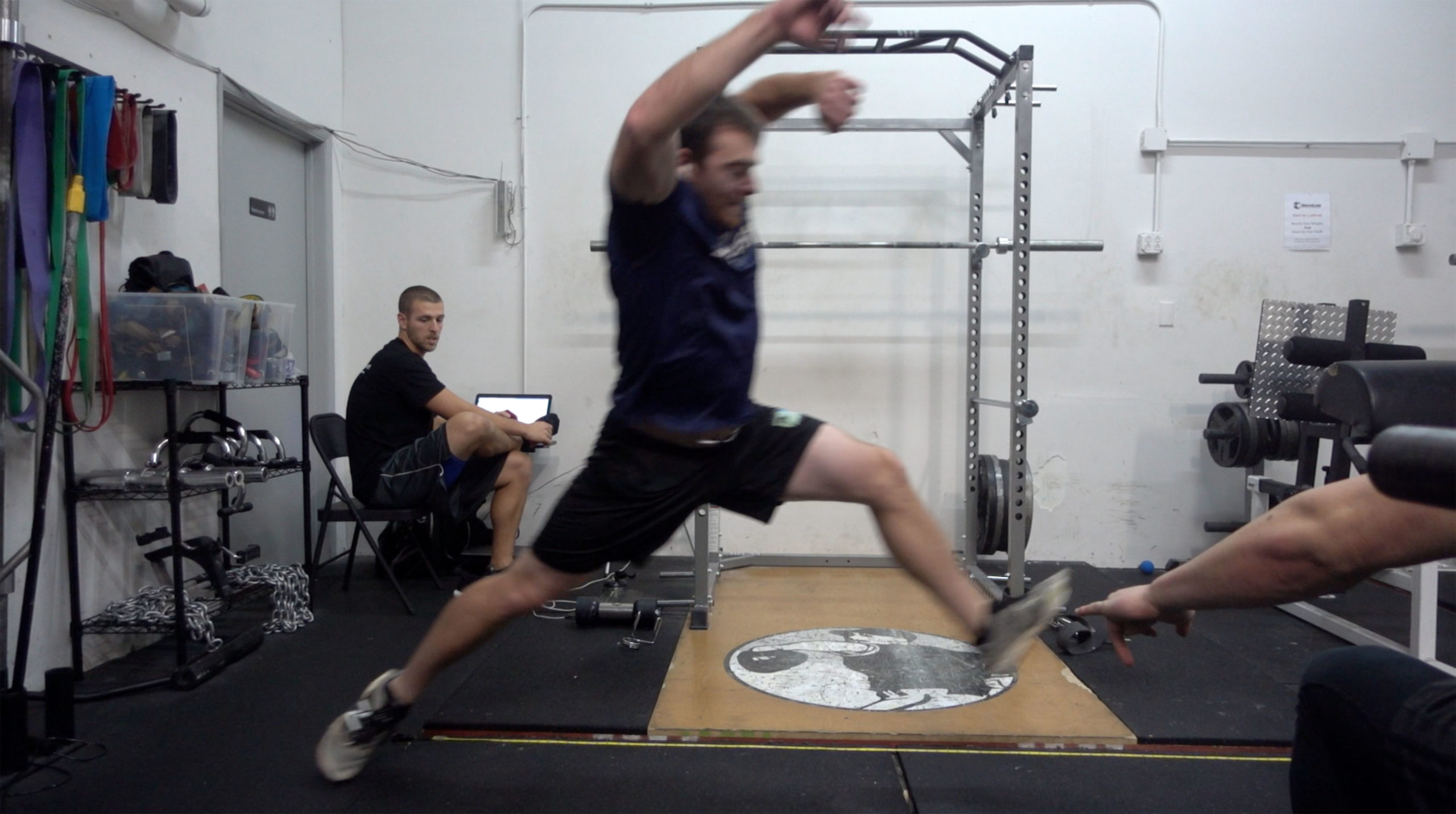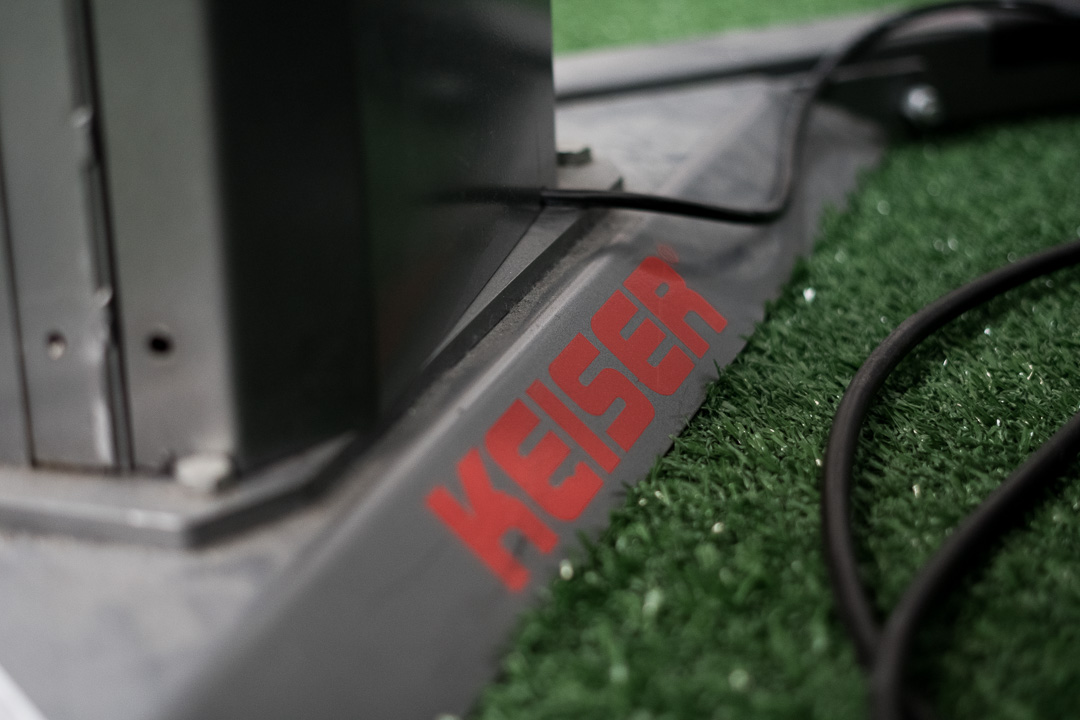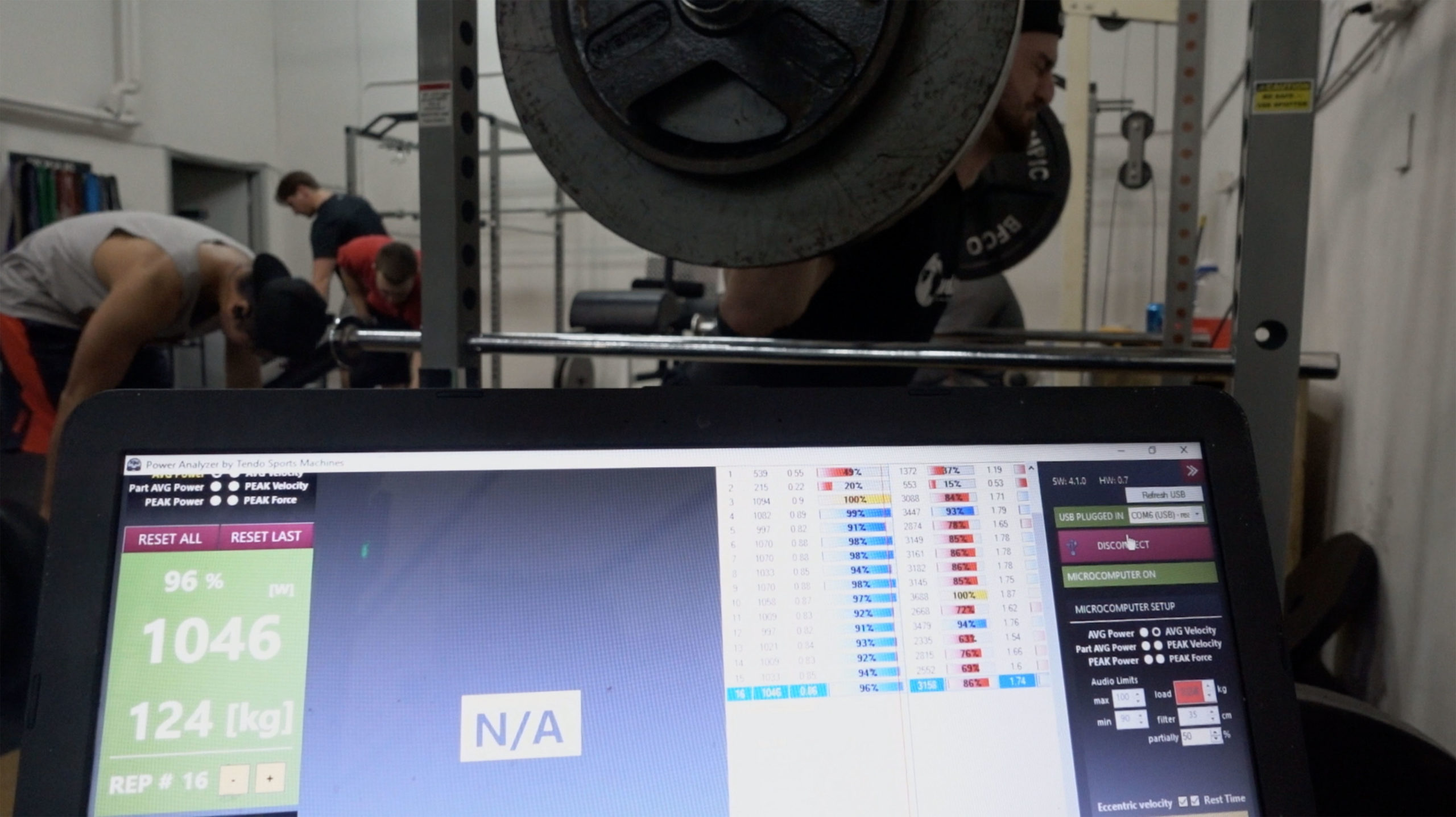Athlete Screening Part 2: Performance Screens

Last time, we discussed the importance of having a movement screen and a few of the options that are available to coaches. If you missed that article, check it out here, as a few of the concepts we touched on will come into play throughout this article as well.
Strength and Power
For starters, let’s define what strength and power are: Power is the ability to generate force as fast as possible while strength is the ability to exert maximal force against an external load. In facility, we use very few true strength tests during our screening process: the dynamometer for external and internal shoulder rotation strength, and grip strength (both discussed in the previous article) are about the only true strength tests we do. Most lean towards the power end of the spectrum.
The main reason for this is safety. Most athletes are ill prepared to perform a five rep max back squat or deadlift their first day in facility, or they simply can’t perform these exercises with good technique. It would be irresponsible to force them to do so. By using other power metrics, we have a more consistent baseline test across all athletes from which we can better measure and track their improvement.
Order of Testing
When structuring our screening process, we start with power exercises first and then move towards strength exercises. The reason for this is that the energy systems responsible for power exercises are depleted quicker than those that provide energy for strength exercises. In order to prevent fatigue during power exercises and establish as accurate of a baseline as possible, we transition from power- to strength-based exercises.
Jumps
The first assessment we perform are jumps. We progress through a sequence of broad jumps, single-leg broad jumps, lateral jumps, and vertical jumps with the tendo unit. Jumps are not only an easy way to test overall athleticism and get an idea of how much force an athlete can put into the floor, but they’re also another way to screen how well athletes move.
In the last article, we talked about dynamic-movement screens. Jumps are a great form of this. Watch how an athlete moves: do the knees dive in, does the trunk collapse, does he go slip into lumbar extension? What do the knees do when he lands?
We can learn a lot about movement by looking at it dynamically on top of doing a typical range of motion (ROM) screen. This is where it’s also important to note tha an athlete is only competent in a movement if they can perform it with speed! Just because athletes get into the positions doesn’t mean they have stability through that ROM, so we take notes on how they move when moving fast.
Rotational Power
The next assessment we perform is rotational power with the aid of a Keiser machine. A chop is primarily used for assessing pitcher’s rotational power due to its similarities to the rotational component of pitching. The Keiser is also ideal because it’s easy to use, provides instant feedback, and the weight can be adjusted easily for different level athletes.
Another option, though more difficult, is to use med balls and a radar gun. Changing the settings on the radar gun allows for lower velocities and performing med ball shot-puts gives an idea of how well your athletes can rotate.
Lifting
Our lifting assessment, again, leans slightly towards power, with our athletes performing back squat, deadlift, and bench press at submaximal weights on the tendo unit. We use the tendo unit during this part of our assessment because it allows us to have measureable data on an athlete’s improvement while providing some indication about what an athlete’s maximal strength capabilities are without having to perform a rep max test.
However, many coaches don’t have access to a tendo unit. In this case doing a rep-max test with athletes is the most viable option. Even with athletes you’ve trained and know will demonstrate good technique, it’s often not worth pushing them to a one-rep max test due to the accumulated fatigue of working to failure and the breakdown in technique that tends to occur. Instead, we recommend working in the three-to-five rep range.
In addition to assessing strength, this is another opportunity to check movement quality. Some of an athlete’s technique comes down to how he was coached, but some of it comes down to his ability to move. Is he missing ROM or does he have too much ROM? Does he have the ability to maintain a neutral spine? Do his knees dive in on a squat?
Use this as an opportunity to assess and gain knowledge for what your athletes need, not just how strong they are.
Final Thoughts
As we touched on at the end of the movement-screen article, it’s important to have some form of strength/power assessment to monitor your athletes and track performance. It’s even more important to have some form of both movement and strength assessment. Far too often coaches and trainers view these as separate needs when they are not. You don’t need an exaggerated, long screening process that checks for everything, but what you do need is something to assess your athletes and provide you with the information to make the right prescriptions for their training programs.
This article was written by High Performance coach Sam Briend
Comment section
Add a Comment
You must be logged in to post a comment.



Weighted Ball Training Gone Wrong - Driveline Baseball -
[…] allow coaches to individualized strength, stability, and mobility exercises for their athletes. Performance screens can also be done to get a better idea of their players […]
Athlete Screening Part 1: Movement Screens - Driveline Baseball -
[…] Check out part II of this series on Performance Screens […]